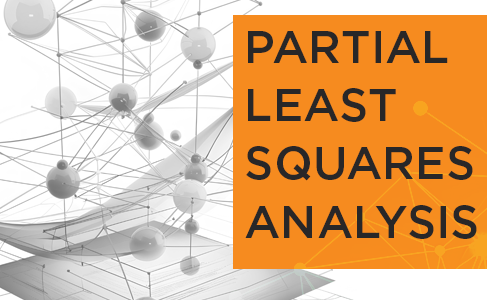OIT News
Partial Least Squares Analysis

Partial Least Squares (PLS) analysis is a statistical method that straddles the line between Multiple Regression and Principal Component Analysis (PCA). PLS focuses on predicting dependent variables from a set of independent variables. It reduces the predictors into a smaller set of uncorrelated components, much like PCA. Multiple dependent variables can similarly be reduced to a smaller number of orthogonal components. This is particularly useful when dealing with complex data structures or when the predictors are highly collinear. PLS is effective with small sample sizes relative to the number of predictors, including situations where there are more predictor variables than observations.
Partial Least Squares analysis can be performed using several OIT-supported software packages. In the JMP package, it is in the Multivariate Analysis section of the Analyze menu. Several PLS packages are available for the R programming language, including matrixpls, plspm, and semPLS. In SPSS, it is found in the Regression section of the Analyze menu. In SPSS, the PLS procedure is a Python extension that requires Python to be installed on your computer before it will run.
Additional Resources
Research Support Services (RCS) Software.
Submit a request for Research Support online at help.utk.edu.

 Explore
Explore Write
Write Chat
Chat Call
Call